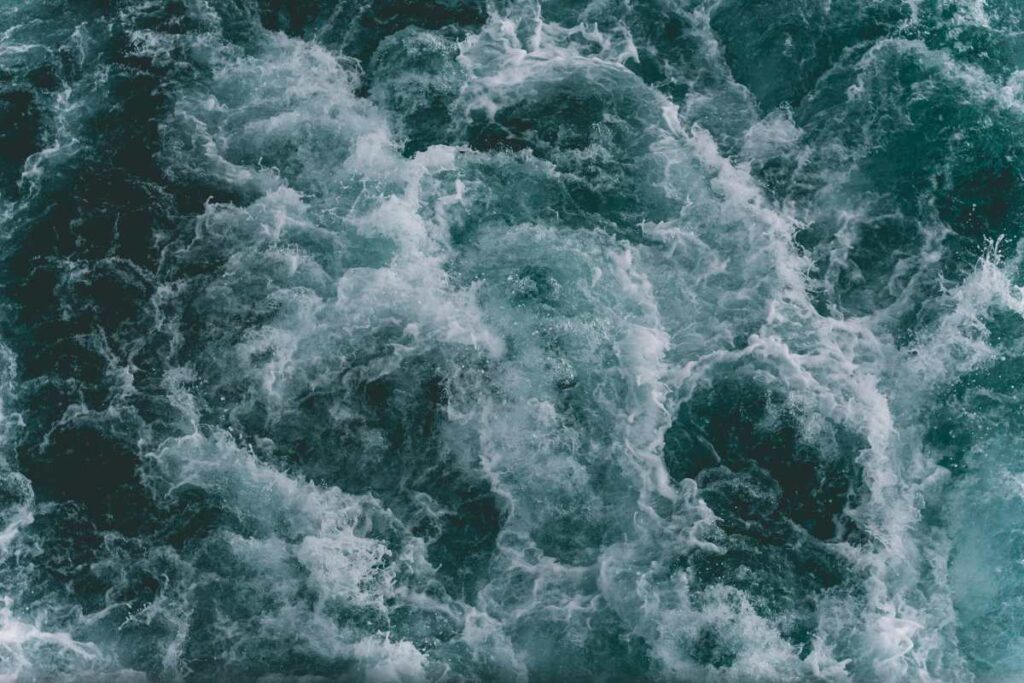Scientists Found a 250-Million-Year-Old Pacific “Prehistoric Seafloor”

Scientists Found a 250-Million-Year-Old Pacific “Prehistoric Seafloor”
In a groundbreaking discovery that reshapes our understanding of Earth’s deep past, scientists have identified a section of the Pacific Ocean seafloor that dates back an astonishing 250 million years. This ancient underwater landscape, often dubbed a “prehistoric seafloor,” offers a rare and valuable glimpse into the planet’s geological and environmental conditions during the Triassic period—a time long before the dinosaurs ruled the land.
Here’s what makes this find so remarkable and what it tells us about Earth’s dynamic history.
Unearthing the Oldest Known Pacific Seafloor
The seafloor beneath the Pacific Ocean is constantly changing due to tectonic activity. New crust is formed at mid-ocean ridges, while older crust is pushed and consumed at subduction zones, recycling Earth’s surface over millions of years. Because of this ongoing process, finding ancient seafloor older than about 180 million years is extremely rare.
That’s why the discovery of a 250-million-year-old section is extraordinary.
Using advanced deep-sea drilling technology aboard the international scientific vessel JOIDES Resolution, researchers extracted core samples from the ocean floor near the Mariana Trench. These cores revealed rock formations and chemical signatures unlike anything seen in younger Pacific crust.
What the Seafloor Tells Us About the Triassic Ocean

The 250-million-year-old seafloor dates to the early Triassic period, a time just after the Permian-Triassic extinction—the largest mass extinction event in Earth’s history, which wiped out nearly 90% of marine species.
Studying this ancient crust gives scientists clues about:
- Ocean Chemistry: The core samples contain unique mineral compositions and isotopic ratios, shedding light on the ocean’s chemical makeup during a period of dramatic ecological recovery.
- Tectonic Activity: The preserved rocks help researchers reconstruct early Pacific tectonic plate movements, which influenced ocean circulation and climate patterns.
- Biological Evolution: Fossilized microbial mats and chemical traces suggest the kinds of early marine life that colonized the seafloor after the extinction event.
Why Is This Discovery Important?
- Filling a Gap in Earth’s History
Most of the oceanic crust on Earth is less than 180 million years old, because older crust is destroyed by plate tectonics. Finding 250-million-year-old seafloor means scientists can study a previously inaccessible chapter of Earth’s geological history. - Understanding Climate and Ocean Changes
The Triassic period was a time of major climate shifts and ecological recovery. By analyzing ancient seafloor chemistry, researchers gain insight into how oceans and marine ecosystems responded to extreme environmental stress, helping us understand how modern oceans might react to current climate change. - Reconstructing Plate Movements
Old seafloor rock preserves records of magnetic orientation and deformation. This helps geologists track the movements of tectonic plates over time and better understand the formation of the Pacific Ocean basin.
The Challenges of Finding Ancient Seafloor

The discovery was not easy. Oceanic crust is continuously recycled, and most of the seafloor is young and dynamic. Deep-sea drilling missions require international cooperation, sophisticated technology, and a lot of patience.
The JOIDES Resolution team combined geophysical surveys with drilling to pinpoint areas where ancient crust might still exist—often near subduction trenches or unusual geological formations.
What’s Next for Research?
The newfound prehistoric seafloor is just the beginning. Scientists plan to:
- Conduct further drilling in adjacent areas to map the extent of this ancient crust.
- Analyze microfossils and chemical markers to better understand the marine ecosystems of the time.
- Use seismic imaging and modeling to refine our knowledge of plate tectonics during the Triassic.
- Compare this seafloor to similarly aged rocks on land to piece together a global picture of Earth’s past environments.
Final Thoughts
The discovery of a 250-million-year-old Pacific seafloor opens an extraordinary window into Earth’s distant past. It reminds us that beneath the ocean’s surface lie stories of planetary transformation, extinction, and renewal. As we face our own era of rapid change, learning from ancient worlds can provide perspective on resilience, adaptation, and the profound forces shaping life on Earth.
This prehistoric seafloor is more than just a geological curiosity—it’s a key to understanding the history of our planet and perhaps guiding its future.









